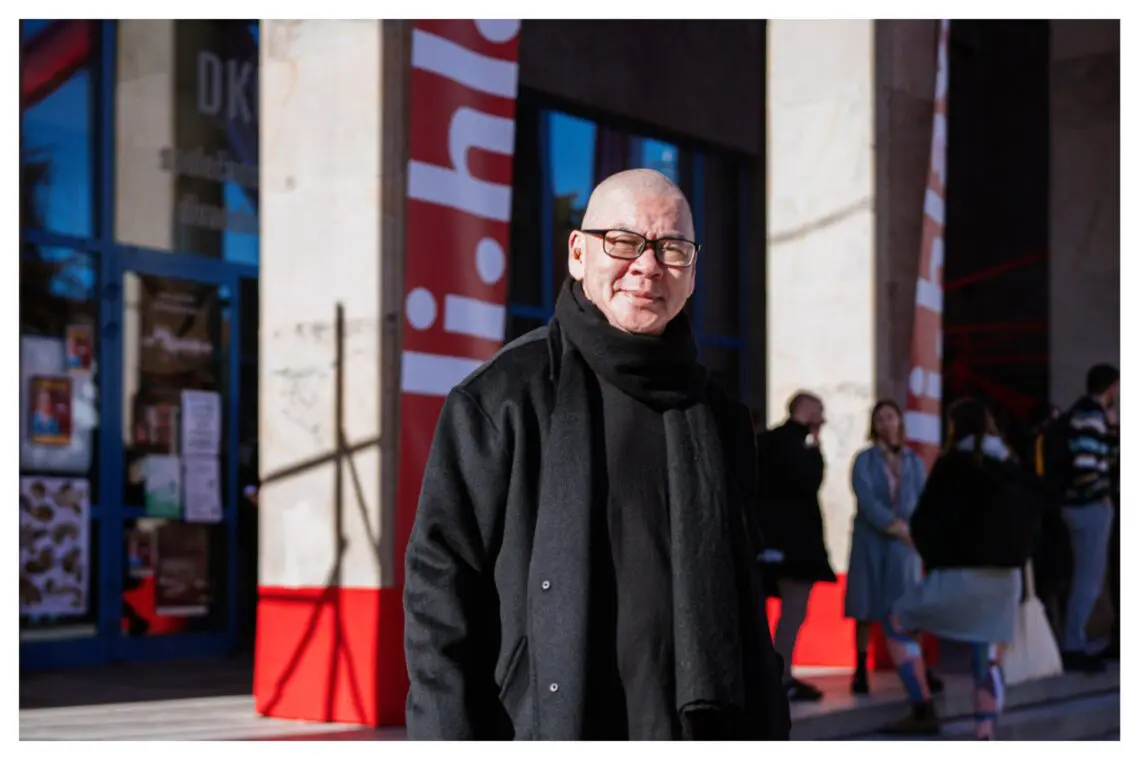Tsai Ming-Liang: A look at the evolving artistry of slow cinema
Quietly returning to the spotlight
Renowned Malaysian director Tsai Ming-Liang seems to be stepping out of his semi-retirement. At a recent film festival, he revealed, “I have a strong desire to make another feature film.” His passion for capturing the nuanced performances of his long-time collaborators is pushing him back into the director’s chair.
A long-standing collaboration
“We’ve been working together for such a long time,” Tsai remarks about his actors, particularly mentioning Lee Kang-Sheng. He feels a deep connection with his cast, who have ventured into other projects in recent years. The director expresses his longing to have them all together in one of his films once again, emphasizing, “I want them to be in my film again. I’m waiting for them to reach a certain age, and we will do it again.”
The challenge of physical endurance
At 67, Tsai’s biggest concern is his own physicality. “Do I still have the energy to shoot more films?” he ponders. While he acknowledges the changes in himself over the years, he also finds beauty in the different energy that comes with aging. Tsai remains dedicated, saying, “I like the idea of being old and having a different energy.”
Reflecting on past works
Tsai reminisces about his journey as a filmmaker, noting that his tenth film, Stray Dogs, was particularly taxing. It led to a period of frustration, making him step back from features. However, he found a respite in creating Days, a project that was initially intended as a documentation rather than a feature film.
The allure of slow cinema
Slow cinema remains a pivotal aspect of Tsai’s filmmaking philosophy. He champions the idea that it’s not about the pace, but the content. His latest work from the Walker series was screened in Vienna, and contrary to expectations, the audience remained engrossed. “A slow film creates a lot of possibilities,” Tsai asserts.
His interest in capturing extended moments began with the film Goodbye, Dragon Inn. This project was deeply personal, as it was filmed in an old cinema where Tsai spent much of his youth. One particular scene involved an extensive take of cinema seats, lasting six to seven minutes. “I was overwhelmed by emotions and memories,” he recalls.
Personal experiences shape his vision
Tsai’s approach extends beyond professional projects. After his mother passed away, he spent hours looking at her face, finding a poignant beauty in the prolonged gaze. This personal experience further deepened his appreciation for the slower, more contemplative moments in life and cinema.
The generational shift
Tsai acknowledges that the younger generation’s relationship with slow films can be complex. During a lecture, he observed students being distracted and restless. However, he remains hopeful that as they grow older, they will come to appreciate the depth of slow cinema. He muses, “When they get tired of all the new things filling their lives now, I’ll be waiting.”
A nod to the classics
Despite his innovative approach, Tsai has a deep respect for classic cinema. If stranded on a desert island, he would choose the 1950s classic The Night of the Hunter. “I haven’t been watching many new films recently. They are too similar and put too much emphasis on the plot. They used to be more personal,” he says, advocating for a return to auteur cinema and the artistic focus of movements like the French New Wave.
A future focused on legacy
As he contemplates his future works, Tsai hopes that his final film will bear no title other than his own name: “Tsai Ming-Liang.” His journey through cinema has been one of both personal reflection and artistic exploration, striving to capture the unique essence of his subjects with every frame.
Follow us for more updates on Tsai Ming-Liang’s upcoming projects and other noteworthy stories from the world of cinema. Share this article on social media to keep the conversation going about the beauty and artistry of slow cinema.

 Italian
Italian







